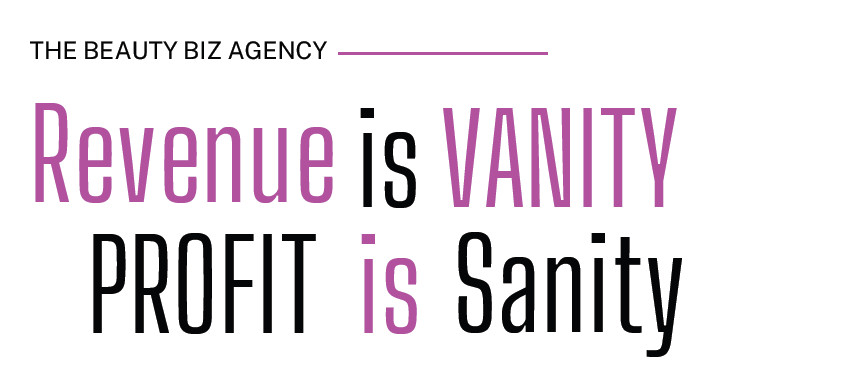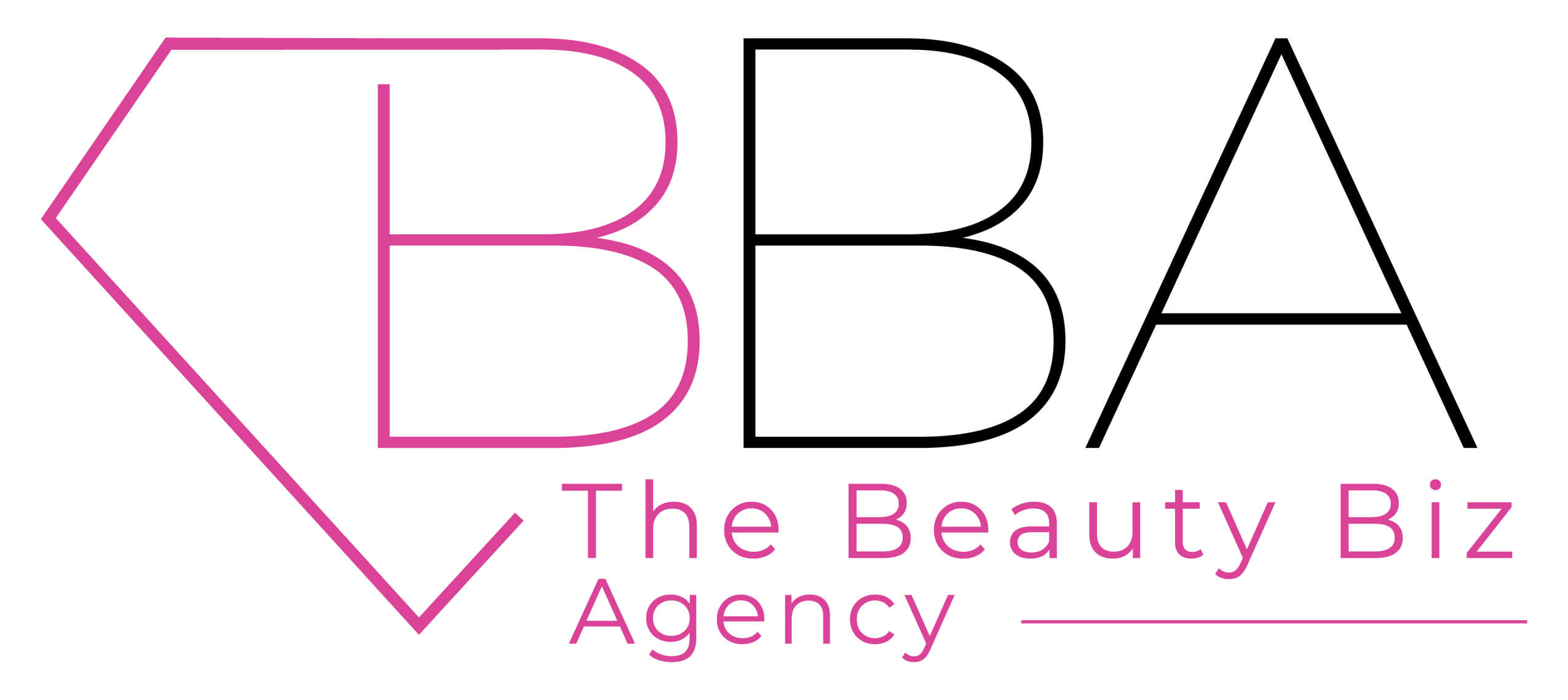
Revenue is VANITY, PROFIT is Sanity
In the business world, there’s a common saying: “Revenue is vanity, but profit is sanity.” It’s easy to get caught up in top-line revenue numbers, boasting about six or seven-figure sales, but at the end of the day, what truly matters is what’s left after expenses—your profit. That’s where your profitability grade comes into play, and understanding it can be the key to long-term financial success.
WHAT IS A PROFITABILITY GRADE?
Your profitability grade is essentially a measure of how effectively your business converts revenue into actual profit. Think of it like a financial report card, assessing how well your business is performing beyond just sales figures. It considers key metrics such as:
- Net Profit Margin – The percentage of revenue that remains after all expenses are paid.
- Gross Profit Margin – The profit left after deducting the cost of goods sold (COGS), showing how efficiently you price and manage costs.
- Operating Profit Margin – The profit generated from core operations before interest and taxes.
- Cash Flow Health – Whether your business is actually making money or just cycling cash through expenses.
- Revenue Per Team Member – How much revenue each employee is responsible for generating relative to their wages and operational costs.
A high profitability grade indicates a strong, sustainable business, while a low grade signals potential financial instability, even if revenue appears impressive.
WHY PROFITABILITY MATTERS MORE THAN REVENUE
Many business owners make the mistake of focusing solely on revenue growth without considering if their profits are keeping up. Here’s why profitability is the ultimate sanity check:
- Revenue Alone Doesn’t Pay the Bills
- If your expenses are eating up most (or all) of your revenue, your business isn’t financially stable. A company bringing in $500,000 per year but keeping only $10,000 in profit is in worse shape than one making $150,000 and keeping $50,000.
- High Revenue Can Mask Poor Financial Health
- A business can look successful on paper but be drowning in costs. If your pricing is too low, overhead is too high, or inefficiencies are cutting into margins, revenue growth won’t fix those fundamental issues.
- Profit Fuels Sustainable Growth
- Profitability means you have the resources to reinvest in your business—whether it’s hiring, marketing, or upgrading technology—without constantly needing loans or outside funding.
- Financial Stability Reduces Stress and Burnout
- Chasing high revenue while struggling to pay bills is a recipe for burnout. A well-managed, profitable business allows you to have more control, flexibility, and financial peace of mind.
- Each Team Member Should Contribute to Profitability
- Your profitability grade is directly tied to how much revenue each team member is responsible for bringing in. If a stylist, esthetician, or massage therapist is only generating enough income to cover their paycheck and expenses but not contributing to overall business profit, they aren’t truly helping the company grow. Tracking revenue per team member ensures that everyone is operating at an optimal level, bringing in more than they cost. If certain roles or providers aren’t meeting that threshold, it may indicate pricing issues, inefficiencies, or a need for better coaching and performance management.
HOW TO IMPROVE YOUR PROFITABILITY GRADE
If your profitability isn’t where you want it to be, there are several ways to improve it:
- Audit Your Expenses – Cut unnecessary costs and streamline operations to reduce waste.
- Price for Profitability – Ensure your pricing structure includes enough margin to sustain and grow your business.
- Increase High-Margin Services or Products – Shift focus to offerings that yield the highest profit percentage.
- Improve Efficiency – Automate, delegate, or optimize processes to reduce overhead costs and labor inefficiencies.
- Monitor Key Metrics Regularly – Track your profit margins, cash flow, and other financial indicators to stay ahead of potential issues.
- Evaluate Employee Profitability – Ensure each team member is generating enough revenue to cover their costs and contribute to overall business growth.
THE BOTTOM LINE
Revenue can be exciting, but profit is what truly determines a business’s success. Your profitability grade is the clearest indicator of whether your business is thriving or just surviving. Instead of getting lost in vanity metrics, focus on building a financially sound, high-profit business that provides real stability, growth potential, and long-term success.
Remember: Revenue is what you brag about. Profit is what keeps you in business.









